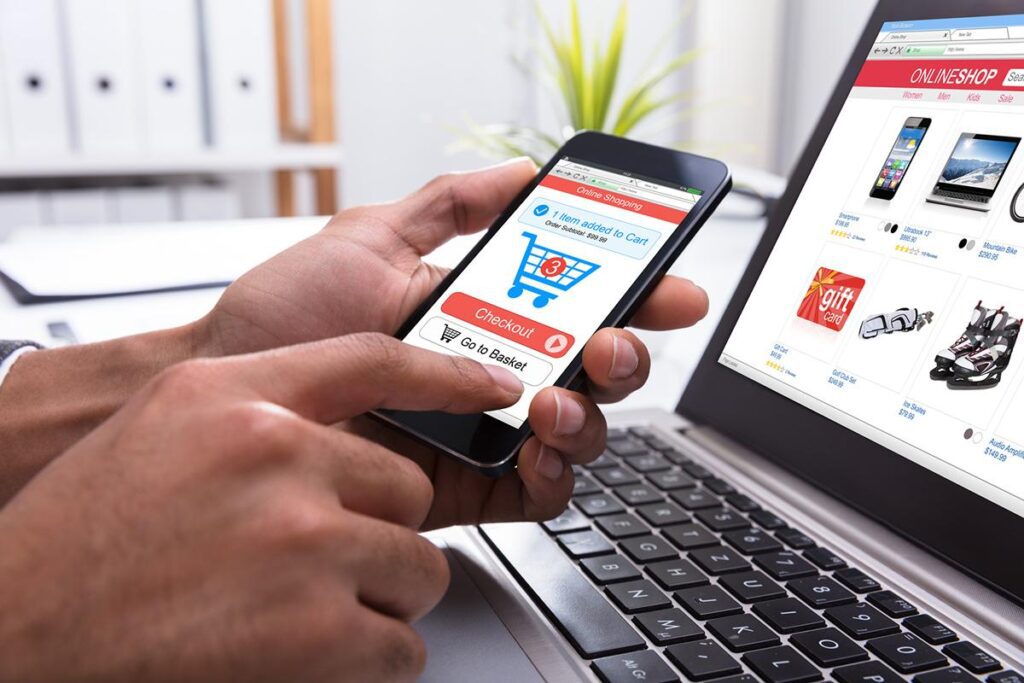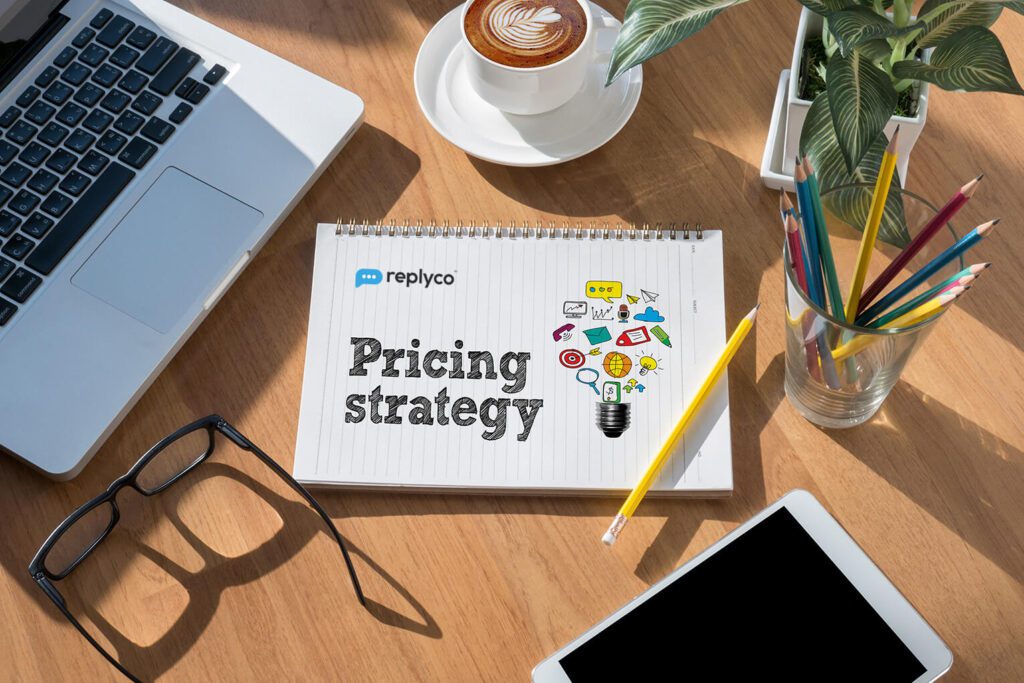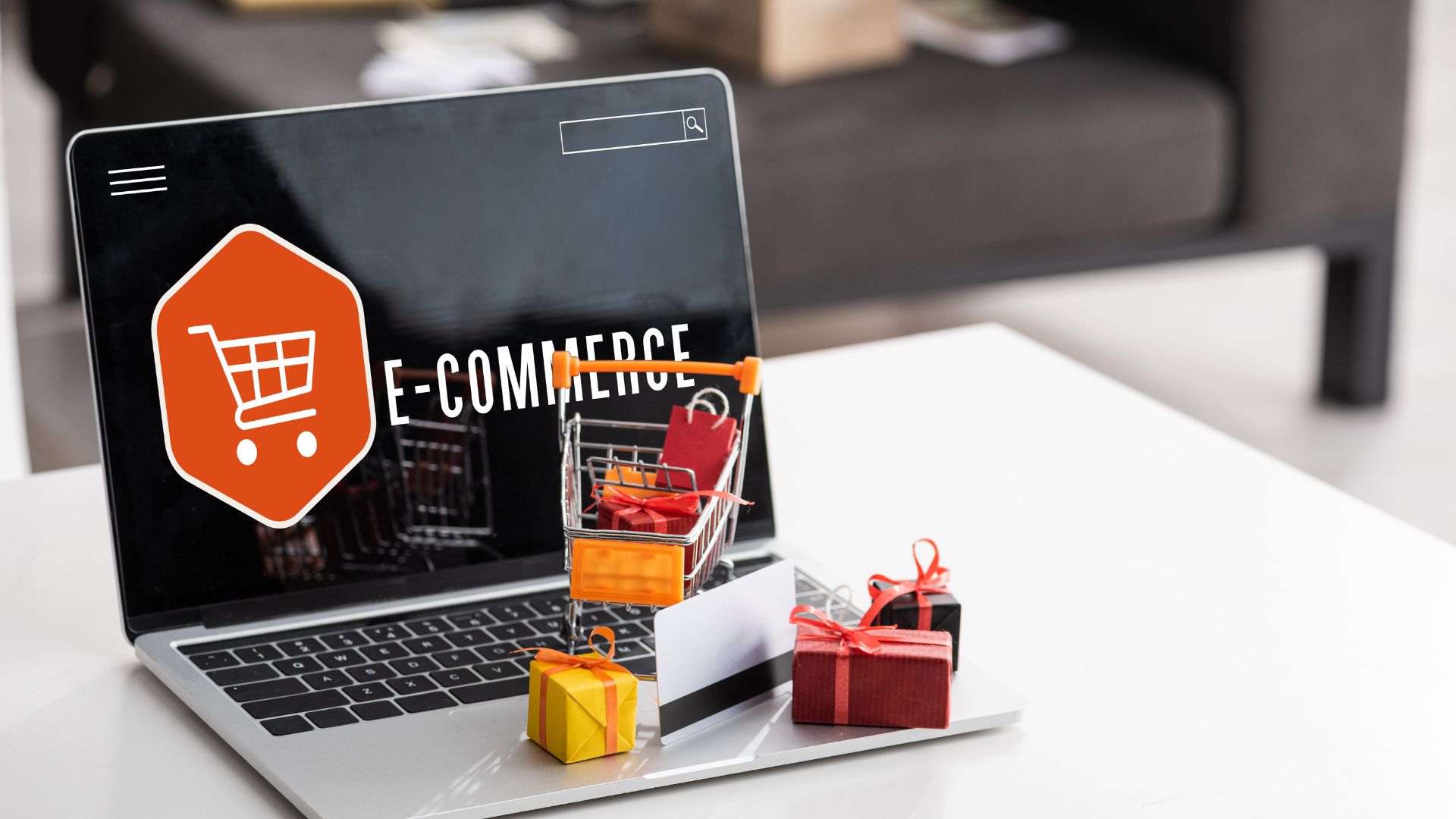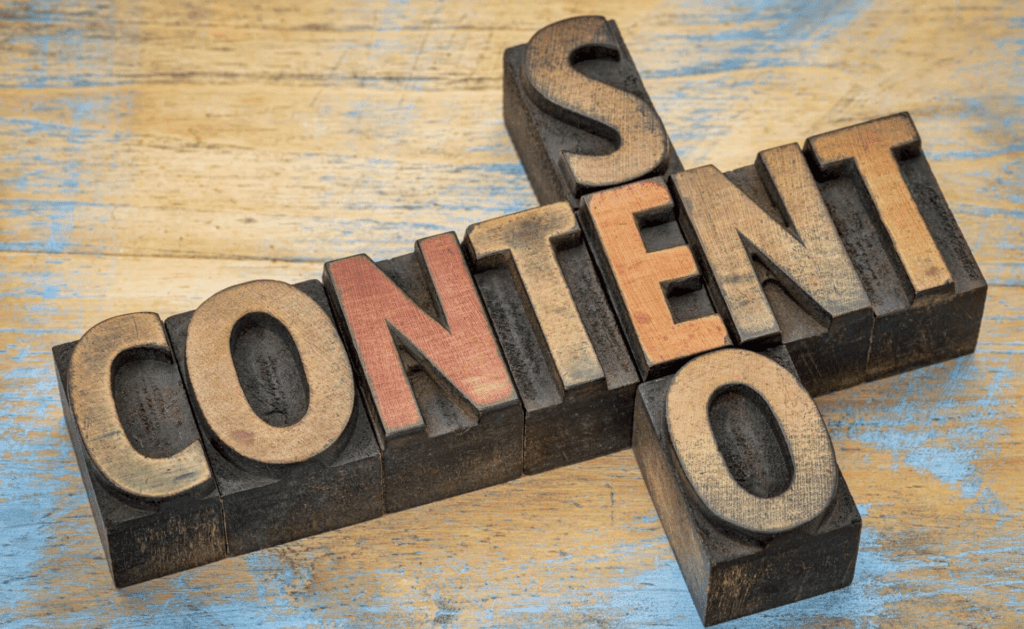

Table of Contents
E-commerce Strategy: How to Sell Like a Pro (Without Burning Cash)
E-commerce isn’t just about setting up a website and waiting for customers to magically appear. If that were the case, everyone would be the next Amazon by now! But reality check: competition is tough, customers are picky, and ad costs are skyrocketing. So, to win the game, you need a smart strategy—and that’s exactly what we’re discussing today.
1. Product Selection: Don’t Try to Sell Everything!
First things first, focus on product selection. Those who try to sell everything under the sun usually end up with losses and frustration. Focus on one niche instead.

- Your product should be unique or solve a problem.
- Check market demand. Use Google Trends, Amazon Best Sellers, and analyze competitors.
- Ensure high margins. If your profit per product is ₹100, but your ads cost ₹150, it’s game over!
- Find a supplier that ensures consistent quality and timely delivery.
- Test your product first—order samples before investing heavily.
2. Pricing Strategy: Higher on Amazon, Lower on Website
A killer strategy that works—price your product slightly higher on Amazon and lower on your website. People compare prices, and when they see a better deal on your website, they’ll buy directly from you. Plus, you’ll get customer data, which is gold in the long run.

Bonus Tip: Offer exclusive coupon codes for customers coming through agency-driven Amazon traffic. Keep the original price for organic traffic.
3. Website: Don’t Make It Slow, Keep It Clean!
Your e-commerce website should be fast, simple, and user-friendly.
- Speed matters: If your site takes more than 3 seconds to load, people will leave.
- Mobile optimized: Over 70% of traffic comes from mobile devices.
- Trust signals: Show reviews, return policies, and secure checkout badges.
- Clear CTA (Call to Action): Your “Buy Now” or “Add to Cart” button should stand out.
- Payment options: Offer multiple payment methods, including UPI, credit cards, and PayPal.
- Live chat support: Helps answer queries instantly and boosts conversions.

4. Facebook & Google Ads: Burn Cash or Make Profit?
Running ads without a strategy = burning money.
- Start with testing: Test 5-10 different ad creatives first.
- Retargeting is key: Target people who visited your website but didn’t buy.
- Use lookalike audiences: Target audiences similar to your existing buyers.
- Engaging ad creatives: Boring ads = low CTR = high cost per conversion.
- A/B testing: Experiment with different ad copies, images, and CTAs.

Pro Tip: Offer discounts or free shipping for first-time visitors to build trust.
5. SEO & Content: Enjoy Free Traffic
Ads cost money, but if your SEO is strong, you’ll get free traffic.
- Start a blog: Write informative posts related to your products (just like your blog “digiideahub”).
- Optimize product pages: Focus on keywords, meta descriptions, and alt text.
- Build backlinks: Collaborate with influencers and bloggers.
- Leverage user-generated content: Showcase customer feedback and reviews on your site.
- Use long-tail keywords: They have less competition and convert better.
- Optimize site speed: A slow site can harm rankings and user experience.

6. Influencer Marketing: Build Trust, Not Just Hype
Don’t underestimate the power of influencers. If an Instagram or YouTube influencer gives your product an honest review, your sales can skyrocket.
- Micro-influencers (10K-100K followers) give better results.
- Authentic reviews work best. Spammy paid promotions can backfire, but real feedback builds trust.
- Set up an affiliate program: Offer influencers a commission per sale to keep them motivated.
- Use TikTok and Reels: Short video content has higher engagement and reach.

7. Email Marketing: Bring Back the Lost Customers
Most people reach checkout but don’t complete their purchase. Use emails to bring them back:

- Abandoned cart emails: “Your product is waiting for you!”
- Welcome emails: Offer discounts or special deals for first-time sign-ups.
- Loyalty campaigns: Send exclusive offers to repeat customers.
- Educational emails: Teach customers how to use your product effectively.
- Review requests: Encourage happy customers to leave positive feedback.
Pro Tip: Set up automated emails to nurture leads without extra effort.
8. Social Media Strategy: Build a Community, Not Just Sales
Selling through social media isn’t just about posting product images—it’s about building a community.
- Engage with followers: Reply to comments and messages quickly.
- Use stories and reels: They get more engagement than regular posts.
- Go live: Show behind-the-scenes, product demos, or Q&A sessions.
- Run contests: Giveaways increase brand awareness and follower count.
- Collaborate with niche pages: Shoutouts can bring in targeted customers.
- Leverage UGC (User-Generated Content): Repost customer photos/videos.

9. Customer Experience: A Happy Customer Brings Two More
- Fast delivery is a must. Compete with Amazon and Flipkart on speed.
- Easy return policies. Strict return policies scare away customers.
- Quick customer support. Use WhatsApp and chatbots.
- Personalization: Address customers by name and provide tailored product recommendations.
- Loyalty programs: Reward repeat customers with points and special offers.
- Customer surveys: Gather feedback to improve your products and service.

10. Analytics & Optimization: Track, Learn, Improve
If you don’t track your performance, you’re just guessing. Use data to make informed decisions.
- Google Analytics: Track website traffic, bounce rate, and conversions.
- Facebook Pixel: Understand ad performance and retarget effectively.
- Heatmaps: See where users click the most and optimize accordingly.
- A/B testing: Test different landing pages, product descriptions, and ad creatives.
- Monitor competitors: Learn from their wins and mistakes.

FAQs
1. What is the most important factor in a successful e-commerce strategy?
The most crucial factor is understanding your audience and their buying behavior. If you know what your customers want, how they search for products, and what influences their decisions, you can optimize everything—from product selection to marketing and pricing.
2. How do I drive traffic to my e-commerce store?
Traffic can be generated through multiple channels:
- SEO: Optimize product pages for search engines.
- Paid Ads: Use Facebook, Google, and Instagram ads to attract buyers.
- Social Media & Influencer Marketing: Leverage social platforms and collaborations.
- Email Marketing: Convert past visitors and customers.
- Content Marketing: Create blogs, videos, and guides to bring organic traffic.
3. How can I increase my conversion rate?
- Use clear CTAs (Call to Actions).
- Optimize website speed and mobile experience.
- Provide trust signals (reviews, testimonials, security badges).
- Offer discounts or free shipping to reduce hesitation.
- Simplify the checkout process (reduce unnecessary steps).
4. Should I sell on my website or marketplaces like Amazon?
Both have their advantages:
- Website (DTC Model): More control over branding, pricing, and customer data.
- Amazon/Marketplaces: Large customer base, but high competition and fees.
A balanced approach is selling on both—use marketplaces for visibility and your website for brand loyalty and better margins.
5. How do I retain customers and get repeat sales?
- Offer personalized recommendations and loyalty programs.
- Run email & WhatsApp campaigns for special offers.
- Provide excellent customer service and follow up.
- Keep engaging customers via social media and exclusive content.
- Introduce subscription models for recurring revenue.
